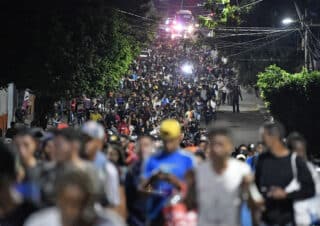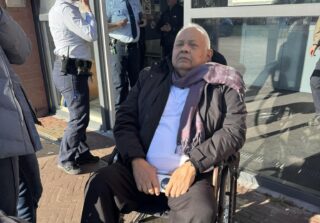Energy Secretary Carlos Jericho Petilla said he was not keen on revising the 760-megawatt installation target for renewable energy projects nor on increasing the capacity allocation for the more expensive solar and wind power projects.
At the sidelines of the National Energy Consciousness Month celebration on Monday, Petilla stressed that he would “like to keep [the target] where it is and come up instead with a policy that will be fair to all.”
“Take note that when we increase the allocation [for the more expensive renewable energy projects], the subsidy of consumers through the feed-in-tariff allowance will be bigger. We have to [strike a balance] between the subsidy and the future of renewable energy,” Petilla explained.
“If we add a few more hundred megawatts to the installation target, it can be done but the more pressing concern will be the impact to the overall pricing,” he added.
The DOE has set a limited installation target of 760 MW for all renewable energy projects. This means that only those projects that receive an allocation from this installation target—which refers to the total capacity of renewable energy projects that will be allowed to be constructed within a three-year period—will be subject to the feed-in-tariff rates.
Under the current installation target, 250 MW have been allocated for hydropower projects, 250 MW for biomass, 50 MW for solar, 200 MW for wind power and 10 MW for ocean power.
It was earlier indicated that the allocation for solar might be increased by another 30 to 80 MW and for wind power projects by another 50 to 60 MW to a total of 300 to 310 MW. This was supposedly meant to address the oversubscription on the two particular renewable energy resources.
This meant that many of the proponents have wind and solar projects whose total capacities were much higher than the allocated installation targets. Petilla, however, said that the DOE was looking at coming out with a different policy to address the oversubscription concern without having to revise the installation targets.



